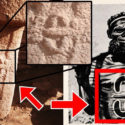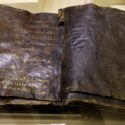Gold-Tongued Mummy Found In Egypt
Kathleen Martnez, an Egyptian-Dominican archaeologist, has led an Egyptian-Dominican mission to the Taposiris Magna Cemetery, west of Alexandria, since 2005. It is a temple that could have been built by one of Alexander the Great’s generals’ descendants, King Ptolemy IV, who governed the region from 221 BC until 204 BC.
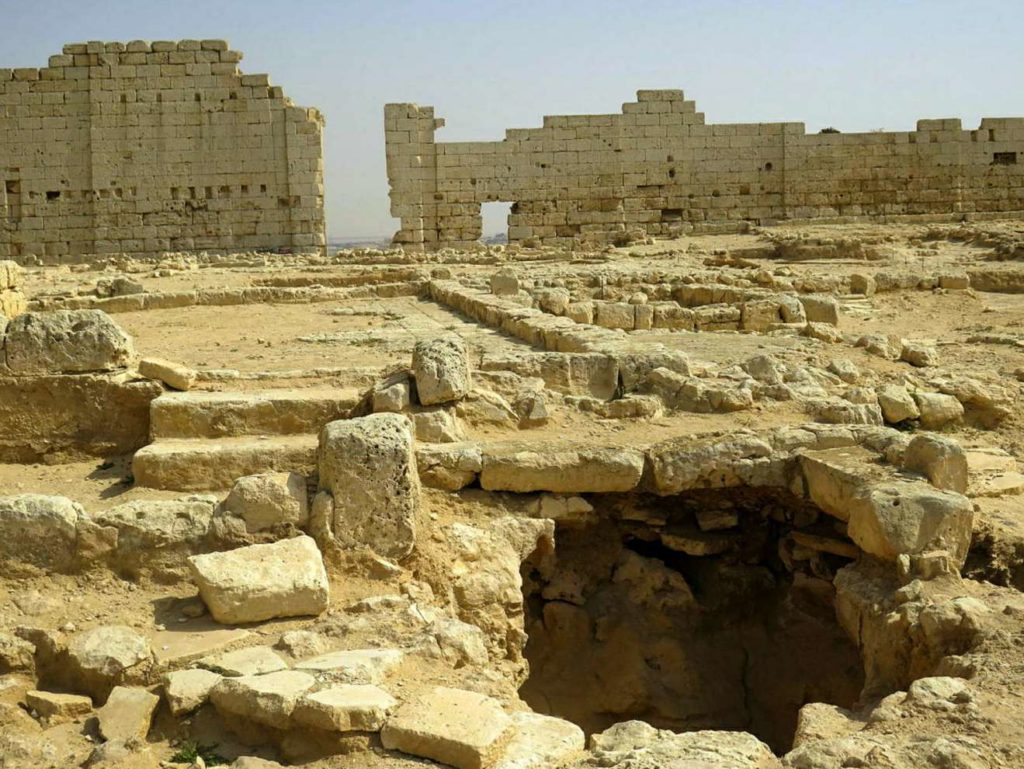
It’s a remarkable collection of archaeological relics, with several coins bearing the picture of Queen Cleopatra VII already discovered. They’ve now found earlier remains, dating back at least 2,000 years. It consists of roughly fifteen Greco-Roman burials with diverse mummies, one of which stands out.
The mummies discovered there were in poor condition. The finding of a gold tongue in one of them, as a ritual element to assure its ability to speak before the court of Osiris, which is responsible for judging the deceased in the afterlife, has gotten the most significant international attention.
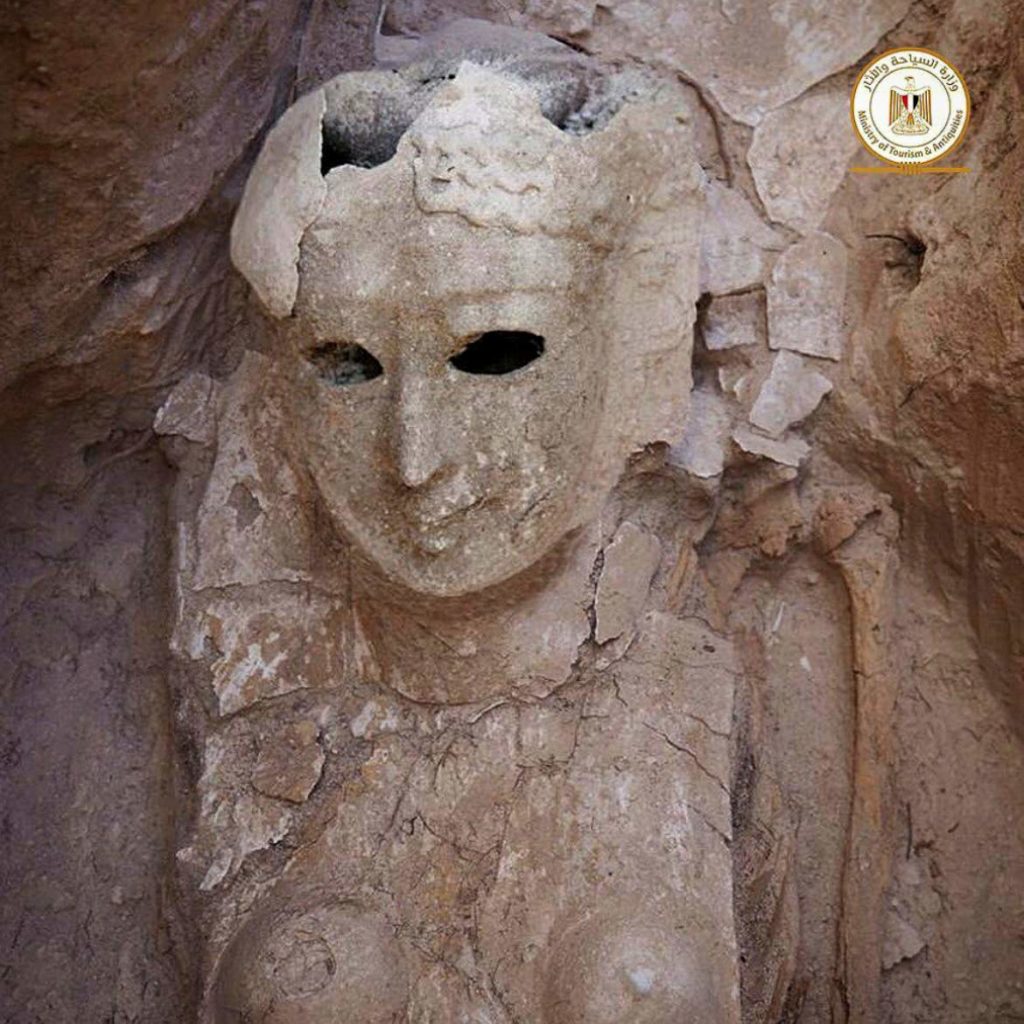
According to the organization, one of the discovered mummies had golden Osiris beads, while another wore a crown with horns and a cobra on its forehead. A golden necklace in the shape of a hawk, the god Horus’ symbol discovered on the breast of the last corpse.
Khaled Abu al Hamd, director-general of Alexandria’s Department of Antiquities, uncovered a woman’s burial mask, eight gold plates, and eight refined Greco-Roman marble masks in recent months.
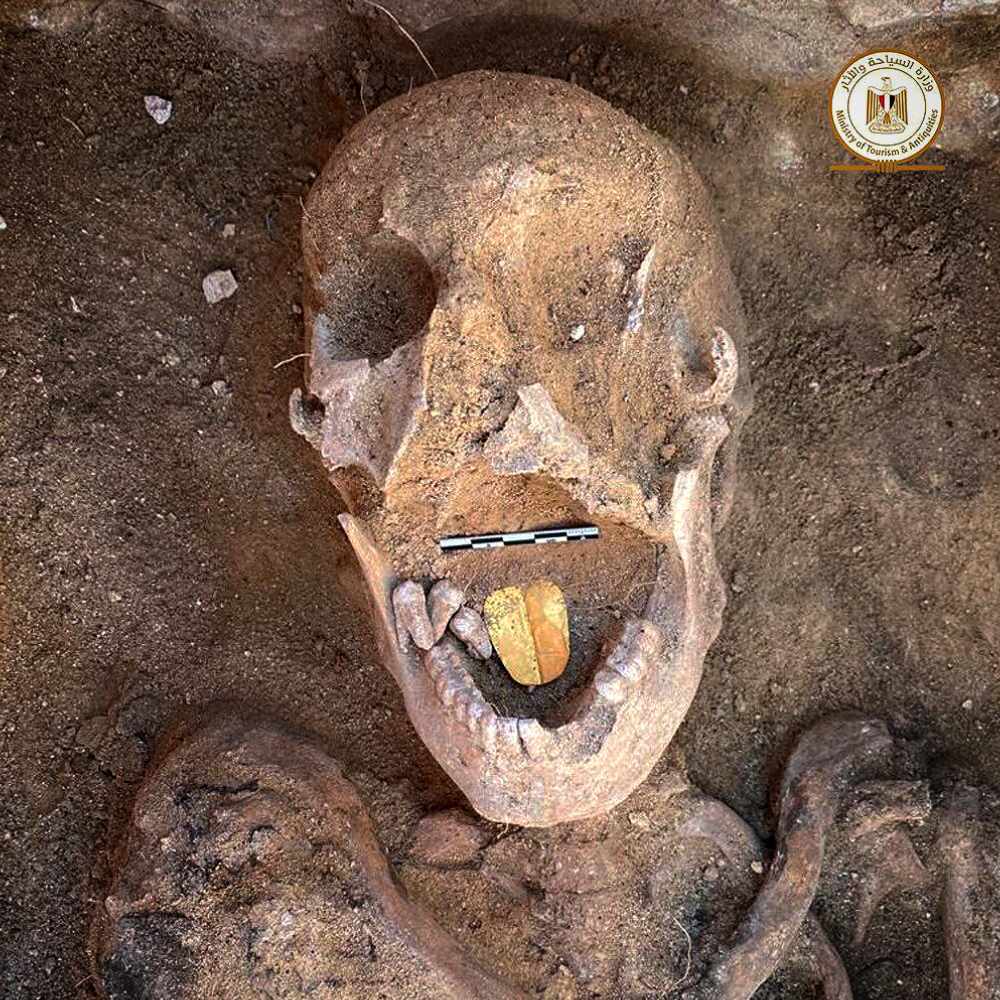
The Egyptian-Dominican expedition has been searching the area for more than 15 years to find Cleopatra’s tomb. After her lover, the Roman general Mark Antony, bled to death in her arms, the pharaoh committed suicide by having an asp sting her in AD 30. At the very least, this is the official narrative derived from Plutarch’s writings, as it is also suspected that she was poisoned.


